Physical Therapy for Dizziness & Balance
Dizziness and balance disorders can be extremely debilitating, and can make even simple daily activities such as cooking or showering a huge challenge.
There has been an increasing awareness in recent years of the many potential benefits of physical therapy in this population. Many people are aware of what physical therapy looks like for someone with a sprained ankle, or a broken wrist, but what does therapy for dizziness and balance entail?
Previously on the blog, we explored one of the most common causes of vertigo, Benign Paroxysmal Positional Vertigo, or BPPV. This condition involves displaced crystals in the inner ear, an issue that can be rectified by moving the head and body through various positions to relocate the crystals to a portion of the ear where they no longer cause dizziness. Other common conditions, such as vestibular neuritis (damage to the vestibular nerve) or age related degeneration of the vestibular apparatus, do not have a curable underlying pathology. Although these conditions result in permanent changes to the vestibular system, the incredible plasticity of the central nervous system allows for compensation!
What does this mean?
Vestibular therapists use an array of exercises and re-education strategies to strengthen the input and associated reflexes of the other systems that contribute to balance and equilibrium. This includes input from the visual system and proprioceptive input from the peripheral joints.
Let's explore an example of a patient with vestibular neuritis.
This is a condition that often results secondary to an infection, including flare-ups of the herpes virus that causes shingles and chickenpox. This person, like many with neuritis, suffered an intense bout of vertigo for 2 or 3 days after the onset of symptoms. While the initial severe episode subsided, they were left with lingering symptoms of dizziness that had persisted for several weeks. This person demonstrated notable improvement with a combination of vision, adaptation and balance exercises. An example of a vision exercise is a "wall clock", a point is marked in the middle of a circle of numbers or symbols, the client then moves their gaze from the centre fixation point to each spot around the circle as quickly as possible. The goal of adaptation exercises is to improve gaze stability, or the ability to maintain a focused gaze when the head is moving. One method is to focus on a marked piece of paper and move the paper and the head in opposite directions, challenging the eyes to maintain a focus on the target. Balance exercises are more familiar to most people and can include using various surfaces or closing the eyes to cause a manageable level of instability. As with therapy for most conditions, the exercises are tailored to the client's current capabilities and then progressively advanced as the client improves.
Vestibular rehab can be valuable in treating a number of dizziness and balance disorders including:
• Vestibular neuritis
• Disuse disequilibrium/ fear of falling
• Menier's disease
• Vascular events (stroke, TIA)
• Persistent Postural Perceptual Dizziness (PPPD)
• Vestibular Migraine
• Concussion
• Cervicogenic dizziness (dizziness stemming from the neck)
• Mal de Débarquement (disequilibrium following sea travel)
• Other vestibular disorders
If you have questions or are wondering if vestibular rehabilitation is appropriate for you, feel free to contact Ashley, our Vestibular Therapist, at ashley@coronaphysio.com.
Written by Ashley Cripps, MScPT, FCAMPT, CAFCI, Clinic Owner




